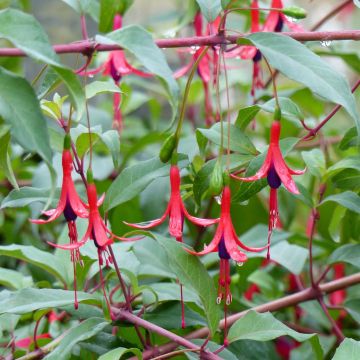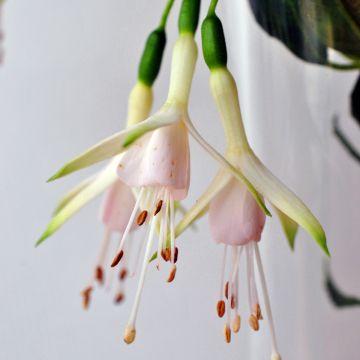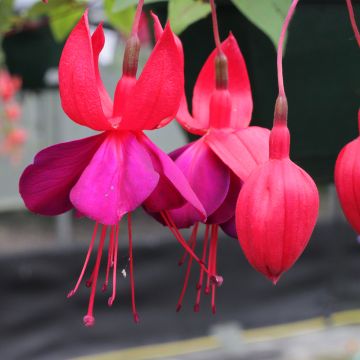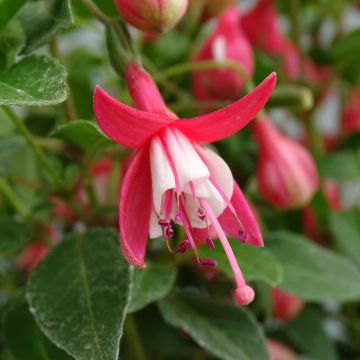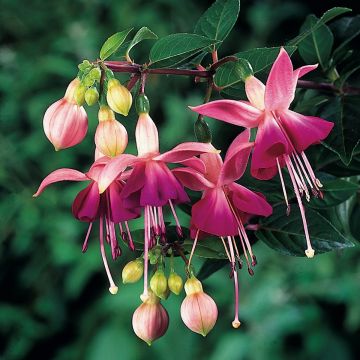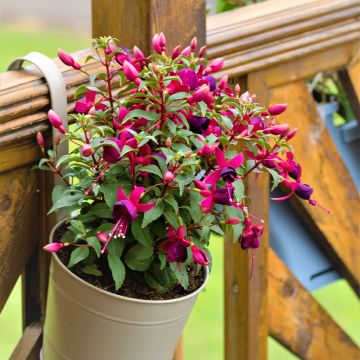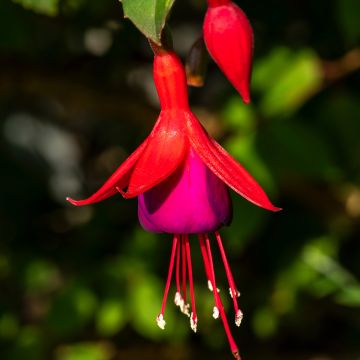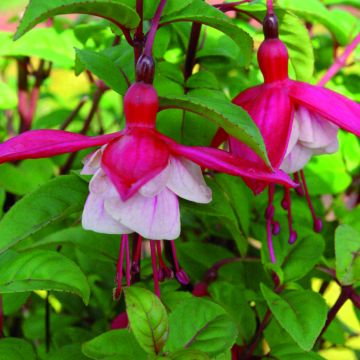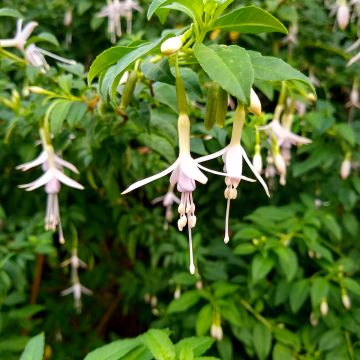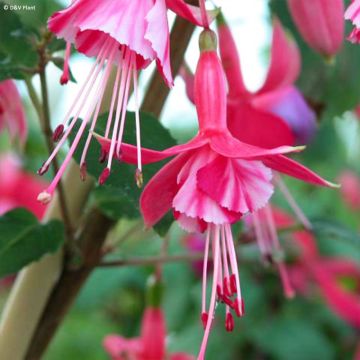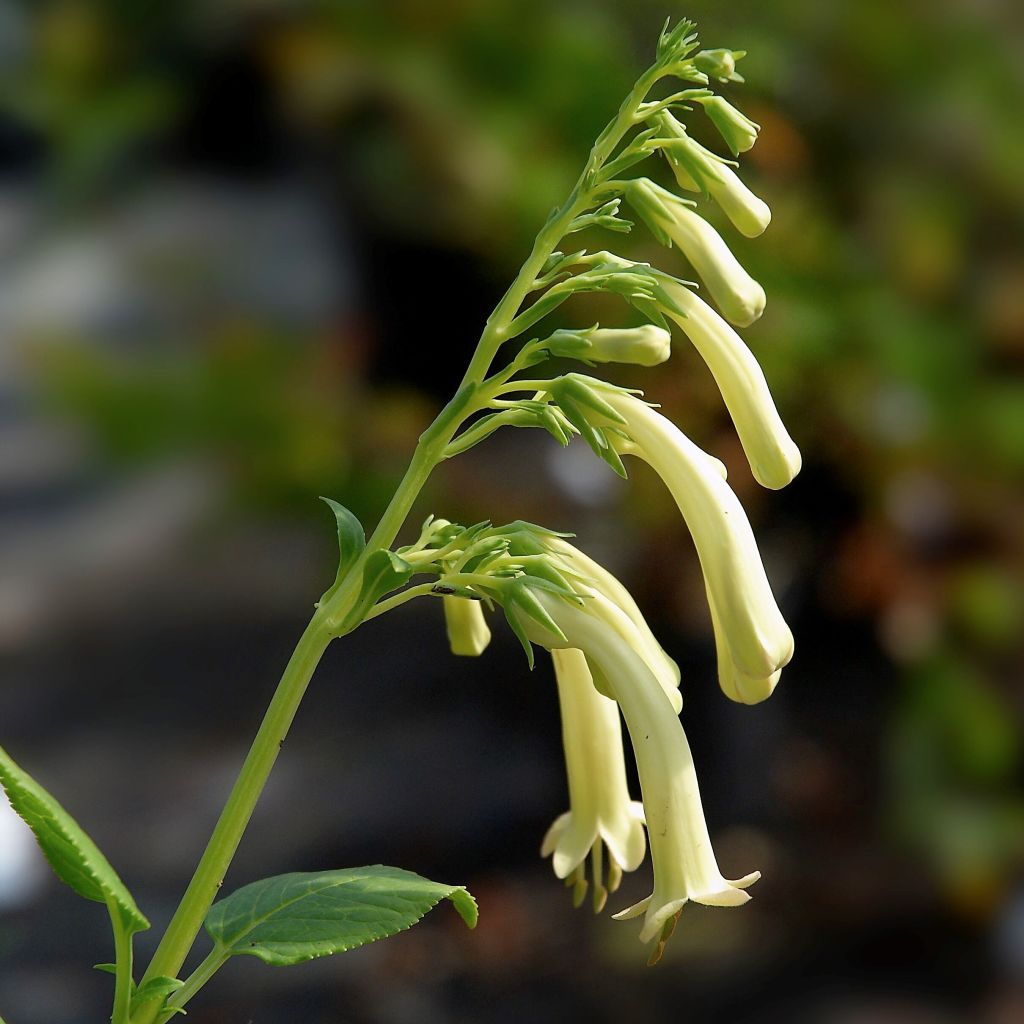

Phygelius aequalis Yellow Trumpet - Cape Fuchsia
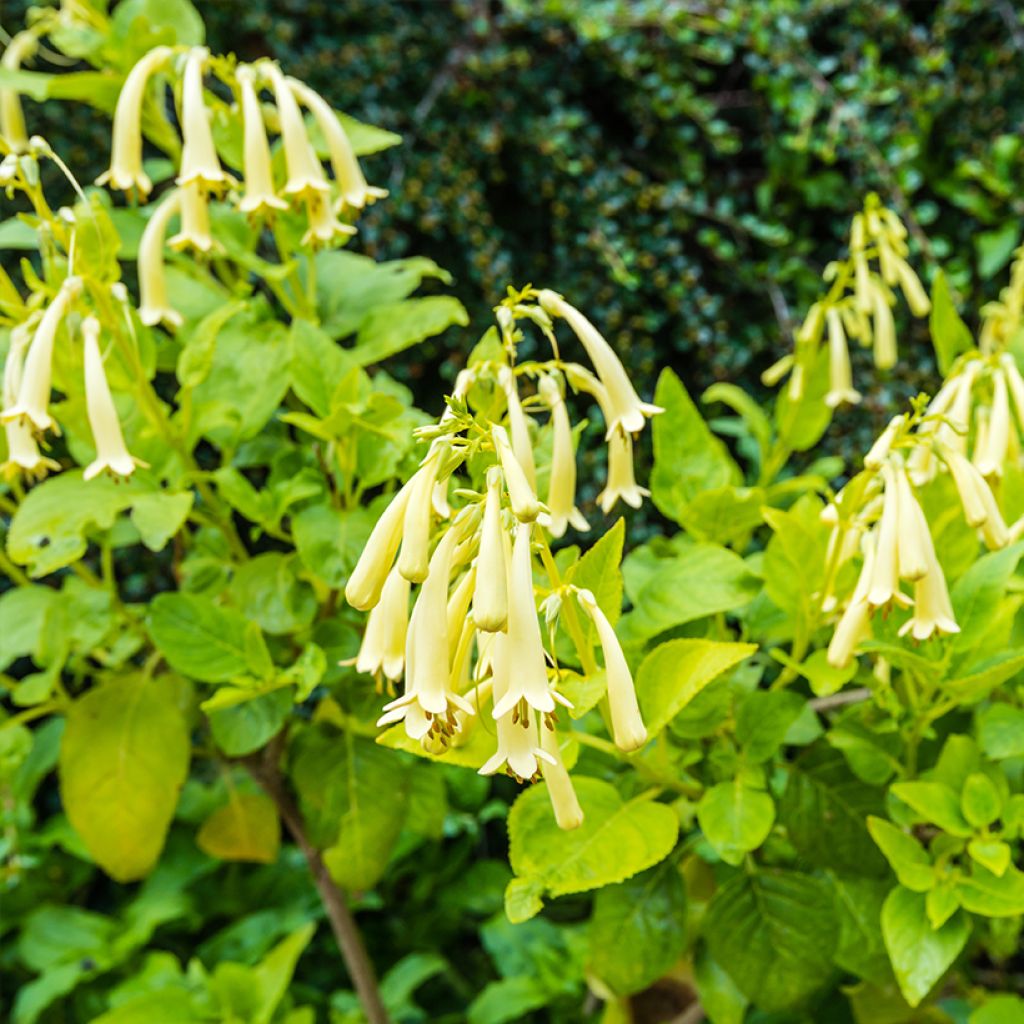

Phygelius aequalis Yellow Trumpet - Cape Fuchsia
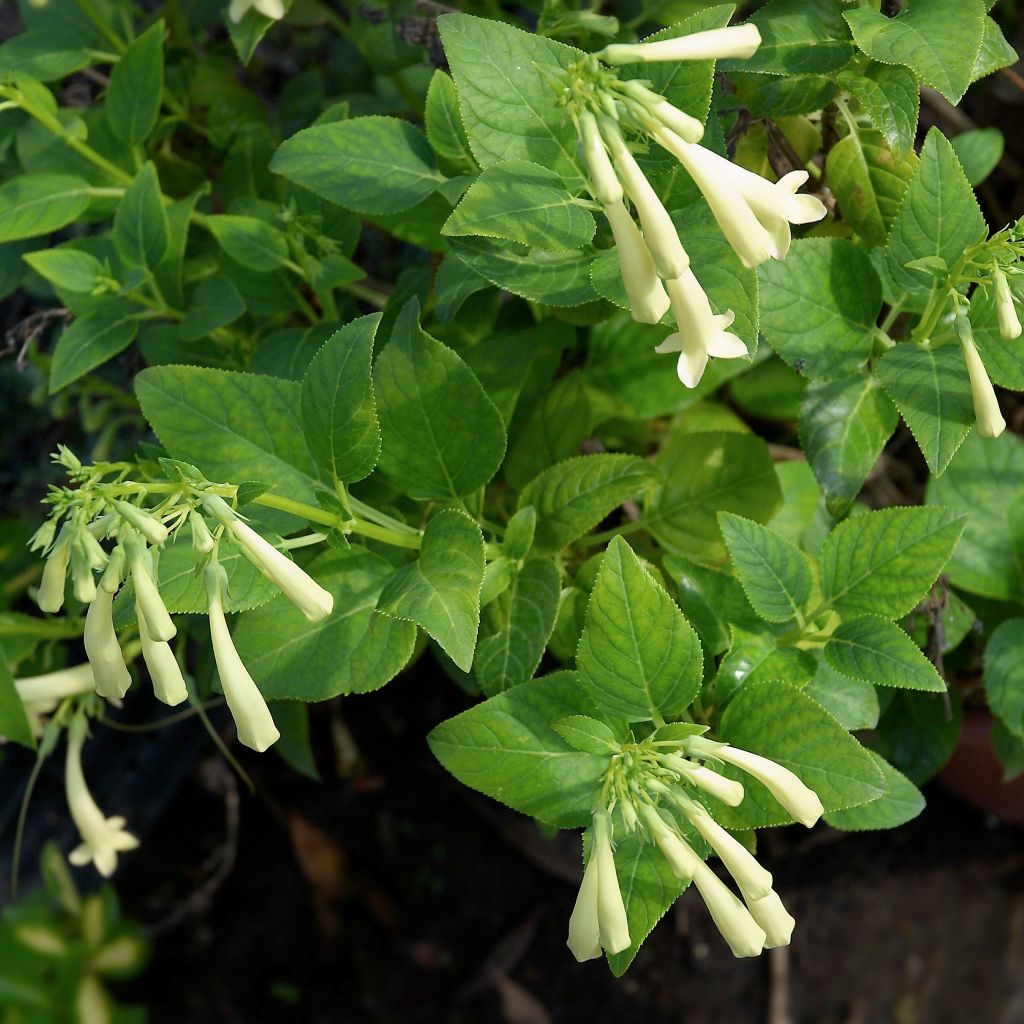

Phygelius aequalis Yellow Trumpet - Cape Fuchsia
Phygelius aequalis Yellow Trumpet - Cape Fuchsia
Phygelius aequalis Yellow Trumpet
Cape Fuchsia, Cape Figwort
This item cannot be shipped to the selected country
Delivery charge from €5.90
More information
Schedule delivery date,
and select date in basket
This plant carries a 6 months recovery warranty
More information
We guarantee the quality of our plants for a full growing cycle, and will replace at our expense any plant that fails to recover under normal climatic and planting conditions.
From €5.90 for pickup delivery and €6.90 for home delivery
Express home delivery from €8.90.


Does this plant fit my garden?
Set up your Plantfit profile →
Description
The Phygelius aequalis 'Yellow Trumpet' (also known as 'Cream Trumpet') is a vigorous and highly floriferous variety of Cape Fuchsia, recognizable by its abundant clusters of long tubular flowers in a pale yellow color arranged on the same side of the stem. Similar to the Fuchsia magellanica, it is a shrubby perennial plant if the winter is mild, but should be pruned back every year at the end of winter if its branches have been damaged by frost. Capable of withstanding winter if its root system is protected from moisture and severe frosts, this beautiful exotic plant is easily grown in a large pot for overwintering.
Called the Yellow Trumpet Cape Fuchsia, perhaps due to the shape of its flowers and foliage, this Phygelius aequalis is a herbaceous subshrub with woody base, evergreen in its native climate, and considered a bushy perennial in cold climates. It belongs to the family of Scrophulariaceae. The type species, called Phygelius aequalis, is native to South Africa, specifically the Northern Province (in Mpumalanga, Free State, KwaZulu-Natal, and Swaziland). It is a region where summers are rainy and winters are quite dry. It often grows at altitudes above 2000 meters (6500 feet), on humid slopes and near streams, as well as in open forests. Its hardiness is roughly equivalent to that of the Fuchsia magellanica (-10/-12°C (14/10.4 °F)). The plant develops underground stolons that allow it to spread without becoming invasive.
The Phygelius aequalis Yellow Trumpet grows quickly, reaching a height of between 1.20 m (4 ft) and 1.70 m (6 ft) with a spread of 70 cm (27 in) to 1 m (3 ft). It has a bushy and spreading habit supported by branched stems. It blooms continuously from July to September. Long tubular flowers are borne on the tips of the stems in unilateral spikes. This nectar-rich flowering appears above dark green foliage. Each flower, in the form of a trailing trumpet, is carried on a curved stem. The corolla forms a very elongated tube (sometimes reaching 7 cm (2.8 in) in length) open on 5 lobes of a brighter color than the tube, from which the stamens and pistil emerge. The foliage consists of simple, ovate leaves with toothed margins, and their color is a slightly glossy dark green. They persist through winter if there is no frost. Leafy stems are killed by frost at around -5°C (23 °F).
The Phygelius Yellow Trumpet, with its soft chartreuse yellow flowers, is a very interesting variety for creating unique combinations in the garden, as well as in pots, alongside Helichrysum petiolare 'Silver' and Scaevola or Anagallis monellii, for example. It will find its place in sunny or semi-shaded flower beds, for instance, alongside Fuchsia magellanica Versicolor and asters that will take over after its flowering. Consider placing it at a higher level, above a low wall, in a damp rockery or a raised bed, or even in a hanging basket, in order to observe the flower from below. Phygelius are perennials that bring an exotic touch to wild-looking flower beds, as their flowers, smaller than those of penstemons, and their subtler shades attract numerous pollinating insects.
Report an error about the product description
Phygelius aequalis Yellow Trumpet - Cape Fuchsia in pictures
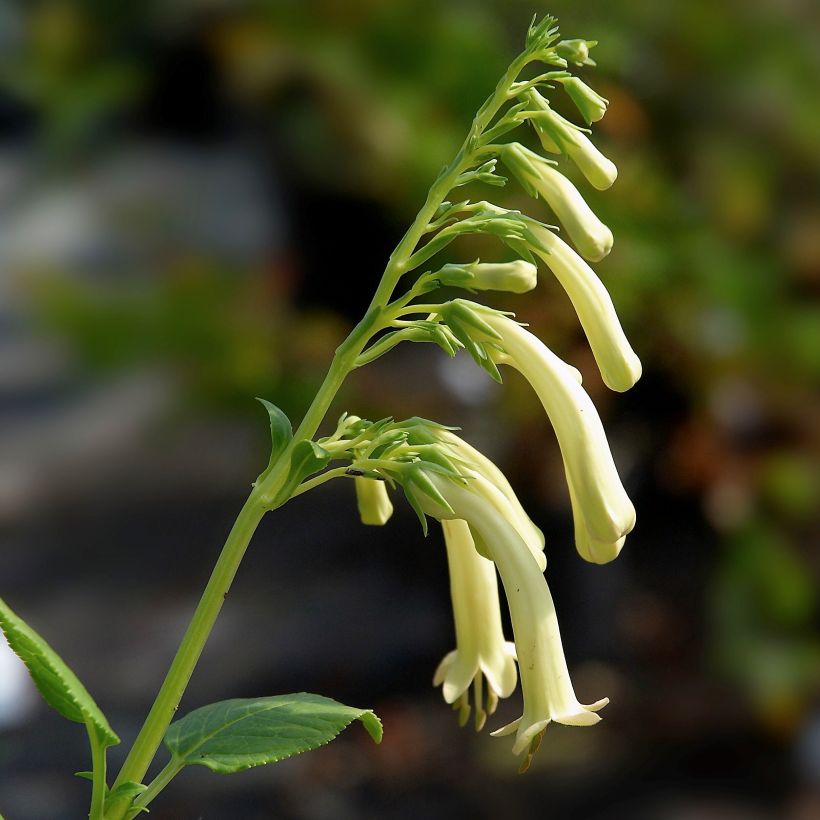

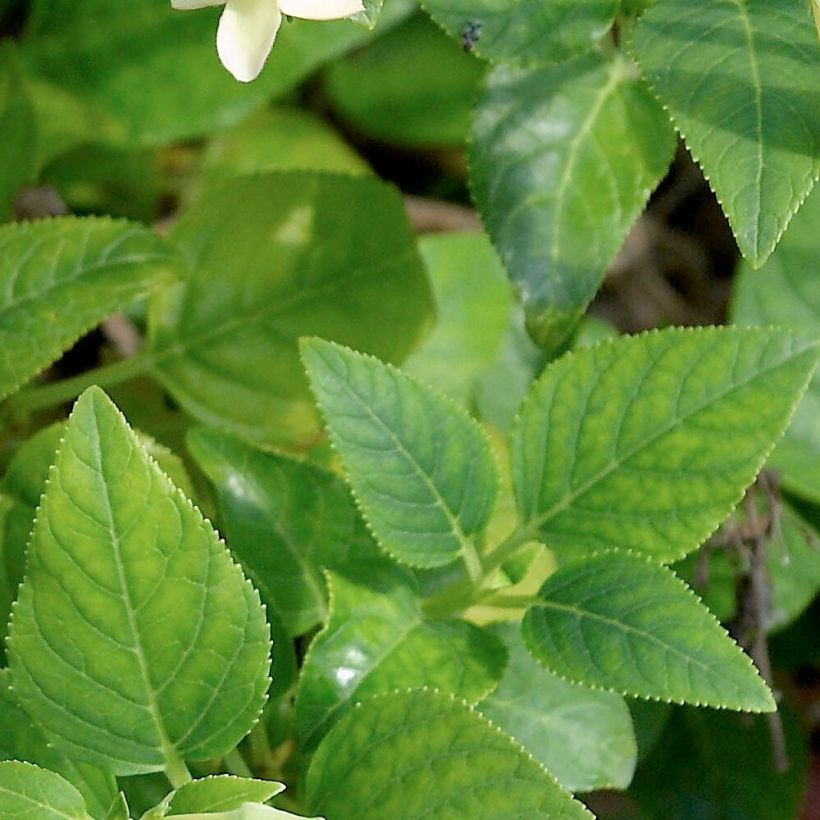

Flowering
Foliage
Plant habit
Botanical data
Phygelius
aequalis
Yellow Trumpet
Scrophulariaceae
Cape Fuchsia, Cape Figwort
Cultivar or hybrid
Other Perennial Fuchsia
Planting and care
Phygelius should be planted preferably in April to allow the plants enough time to establish their roots. Fairly easy to grow anywhere, this plant accepts all types of acidic, neutral or chalky soils, as long as they are well-drained in winter, with a preference for fertile, clay and humus-rich soil that remains slightly moist in summer. However, it does not tolerate sea spray. Phygelius appreciates warmth but can flower well in cooler areas, both in full sun and in partial shade, except for P. capensis which requires full sun. Lack of light will result in longer and less sturdy branches. Regular watering supports the flowering, which can last until the first frost. It can be useful to mulch the soil during summer to keep it moist. Mulch the stump in autumn and ensure the soil remains relatively dry in winter, for example by using an inverted tile. In winter, the foliage disappears below -6°C (21.2 °F), but vegetation regrows in spring. During flowering, regularly prune faded inflorescences just above a floral stem.
Loosen the soil deeply, mixing compost with your garden soil, and ensure good drainage. Add gravel or sand to the mixture and at the bottom of the planting hole if necessary. It is a nutrient-demanding plant, so compost additions in spring are appreciated.
Cultivation in pots:
In pots, use a container with a diameter and height of 30 cm (11.8 in), filled with fertile soil, making sure to place a drainage layer at the bottom. Protect the stump in winter with a thick layer of dead leaves, and place the pot against a south-facing wall or in a bright and cool room, sheltered from severe frosts.
Planting period
Intended location
Care
-
, onOrder confirmed
Reply from on Promesse de fleurs
Haven't found what you were looking for?
Hardiness is the lowest winter temperature a plant can endure without suffering serious damage or even dying. However, hardiness is affected by location (a sheltered area, such as a patio), protection (winter cover) and soil type (hardiness is improved by well-drained soil).

Photo Sharing Terms & Conditions
In order to encourage gardeners to interact and share their experiences, Promesse de fleurs offers various media enabling content to be uploaded onto its Site - in particular via the ‘Photo sharing’ module.
The User agrees to refrain from:
- Posting any content that is illegal, prejudicial, insulting, racist, inciteful to hatred, revisionist, contrary to public decency, that infringes on privacy or on the privacy rights of third parties, in particular the publicity rights of persons and goods, intellectual property rights, or the right to privacy.
- Submitting content on behalf of a third party;
- Impersonate the identity of a third party and/or publish any personal information about a third party;
In general, the User undertakes to refrain from any unethical behaviour.
All Content (in particular text, comments, files, images, photos, videos, creative works, etc.), which may be subject to property or intellectual property rights, image or other private rights, shall remain the property of the User, subject to the limited rights granted by the terms of the licence granted by Promesse de fleurs as stated below. Users are at liberty to publish or not to publish such Content on the Site, notably via the ‘Photo Sharing’ facility, and accept that this Content shall be made public and freely accessible, notably on the Internet.
Users further acknowledge, undertake to have ,and guarantee that they hold all necessary rights and permissions to publish such material on the Site, in particular with regard to the legislation in force pertaining to any privacy, property, intellectual property, image, or contractual rights, or rights of any other nature. By publishing such Content on the Site, Users acknowledge accepting full liability as publishers of the Content within the meaning of the law, and grant Promesse de fleurs, free of charge, an inclusive, worldwide licence for the said Content for the entire duration of its publication, including all reproduction, representation, up/downloading, displaying, performing, transmission, and storage rights.
Users also grant permission for their name to be linked to the Content and accept that this link may not always be made available.
By engaging in posting material, Users consent to their Content becoming automatically accessible on the Internet, in particular on other sites and/or blogs and/or web pages of the Promesse de fleurs site, including in particular social pages and the Promesse de fleurs catalogue.
Users may secure the removal of entrusted content free of charge by issuing a simple request via our contact form.
The flowering period indicated on our website applies to countries and regions located in USDA zone 8 (France, the United Kingdom, Ireland, the Netherlands, etc.)
It will vary according to where you live:
- In zones 9 to 10 (Italy, Spain, Greece, etc.), flowering will occur about 2 to 4 weeks earlier.
- In zones 6 to 7 (Germany, Poland, Slovenia, and lower mountainous regions), flowering will be delayed by 2 to 3 weeks.
- In zone 5 (Central Europe, Scandinavia), blooming will be delayed by 3 to 5 weeks.
In temperate climates, pruning of spring-flowering shrubs (forsythia, spireas, etc.) should be done just after flowering.
Pruning of summer-flowering shrubs (Indian Lilac, Perovskia, etc.) can be done in winter or spring.
In cold regions as well as with frost-sensitive plants, avoid pruning too early when severe frosts may still occur.
The planting period indicated on our website applies to countries and regions located in USDA zone 8 (France, United Kingdom, Ireland, Netherlands).
It will vary according to where you live:
- In Mediterranean zones (Marseille, Madrid, Milan, etc.), autumn and winter are the best planting periods.
- In continental zones (Strasbourg, Munich, Vienna, etc.), delay planting by 2 to 3 weeks in spring and bring it forward by 2 to 4 weeks in autumn.
- In mountainous regions (the Alps, Pyrenees, Carpathians, etc.), it is best to plant in late spring (May-June) or late summer (August-September).
The harvesting period indicated on our website applies to countries and regions in USDA zone 8 (France, England, Ireland, the Netherlands).
In colder areas (Scandinavia, Poland, Austria...) fruit and vegetable harvests are likely to be delayed by 3-4 weeks.
In warmer areas (Italy, Spain, Greece, etc.), harvesting will probably take place earlier, depending on weather conditions.
The sowing periods indicated on our website apply to countries and regions within USDA Zone 8 (France, UK, Ireland, Netherlands).
In colder areas (Scandinavia, Poland, Austria...), delay any outdoor sowing by 3-4 weeks, or sow under glass.
In warmer climes (Italy, Spain, Greece, etc.), bring outdoor sowing forward by a few weeks.

































